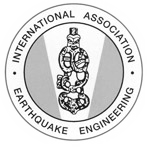Speakers
Description
The continuous expansion of seismic catalogs is increasingly challenging the validity of existing ground motion prediction equations. For such real-time data, the transition of ground motion modeling toward automation became eminent. This article put forth a dynamic intelligent ground motion prediction system, automated through a novel hybridization of neural networks with a multi-objective swarm intelligence optimization to facilitate updated predictions. Under the proposed framework, acceleration data are parsed from catalogs in real-time and the continuous stream of seismic data is analyzed to both (i) optimize model predictions and (ii) minimize its computational demand. Though built adaptive to different geographical locations, the system in this article is presented in the context of Turkey. Therefore, real-time strong ground-motion records are obtained from the AFAD database, where the peak ground acceleration (PGA), velocity (PGV), and displacement (PGD) are examined against various seismic variables including earthquake magnitude, source to site distance, average shear-wave velocity, and focal mechanism. The model predictions were verified against a broad testing sample and predictions by various GMPE models for Turkey. Thereafter, the model stability was examined through an investigation into the sensitivity of the PGA, PGV, and PGD predictions to data and parameters’ discrepancies. Finally, this article discusses the future potentials and challenges facing the developed framework.
| DOI | https://doi.org/10.5592/CO/1CroCEE.2021.203 |
|---|---|
| Keywords | ground-motion prediction equations, machine learning, optimization algorithms, Earthquake catalogs |







